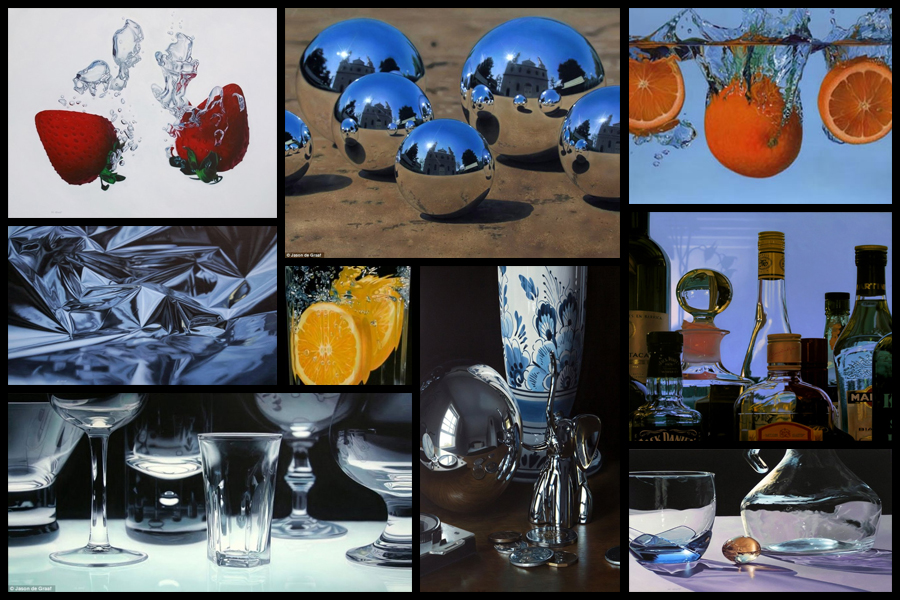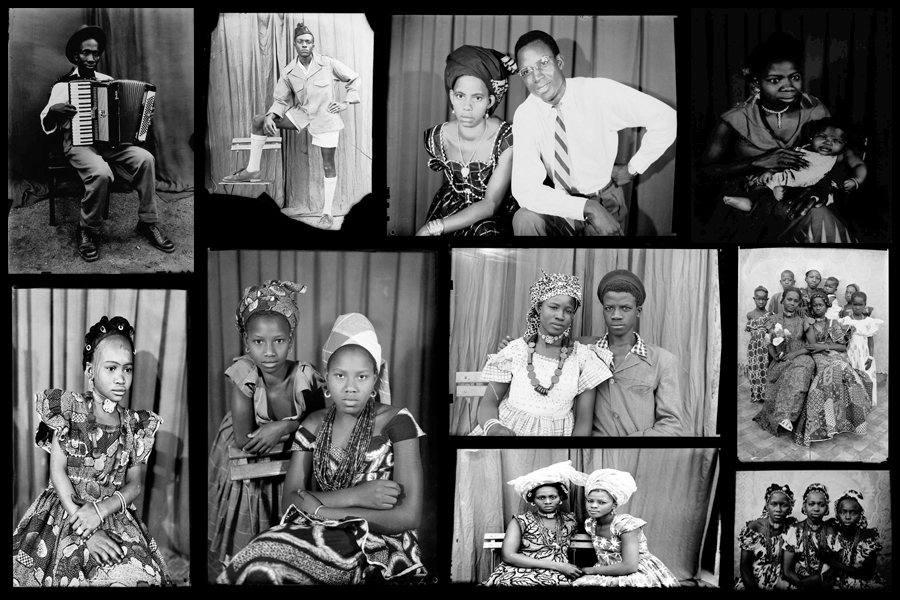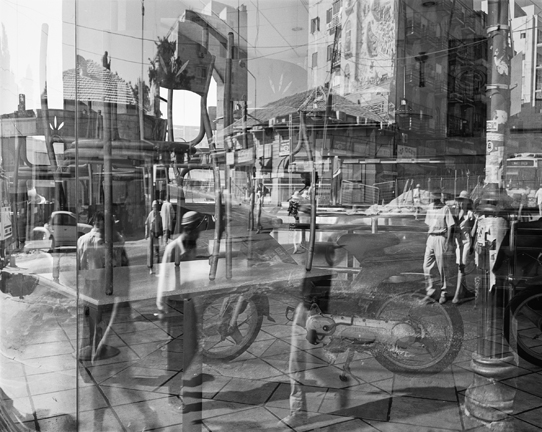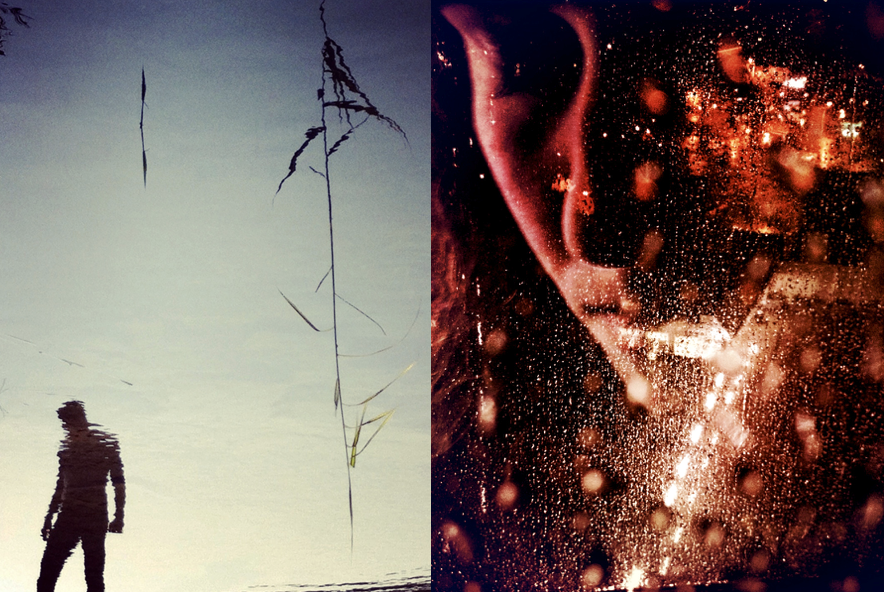
I chose el tantawy as my second artist think it is fascinating how she manages to not only capture reflections within different mediums such as glass and water, but also using this with the addition of light. I believe the different uses of natural elements are an occurring sentiment within her work. I too want to capture a variation of daytime and njght-time imagery, yet still achieve the same effortless representation of people and emotions. Another area of her work that I belive is very fascinating is how she actually achieves such complex compositions without editing her photos to do so. An article that I found very interesting, was explaining tantawys inspiration throughout her work. It discusses how she finds moments of beauty and optimism even in the darkest places, and she is beyond the point where she sees nothing. ‘Growing up without a fixed place to call home, Laura El-Tantawy struggled with a fractured identity. Then she found liberation in the form of a camera, developing an impressionistic eye that helped her reconnect with her native Egypt.’ There’s a point I always return to when thinking about what photography means to me. I was studying journalism and political science at the University of Georgia when I took a photo class as an easy credit, just to have fun, and fell in love with it.’ She then continues to discusses her love of movement within her photos, and how this movement to her is a parrel between-her inspiration and movement towards wanting to be in her home town. ‘ One of the first assignments was to photograph movement. I went to a dance performance, just playing around with my camera settings, not really knowing what I was doing.’
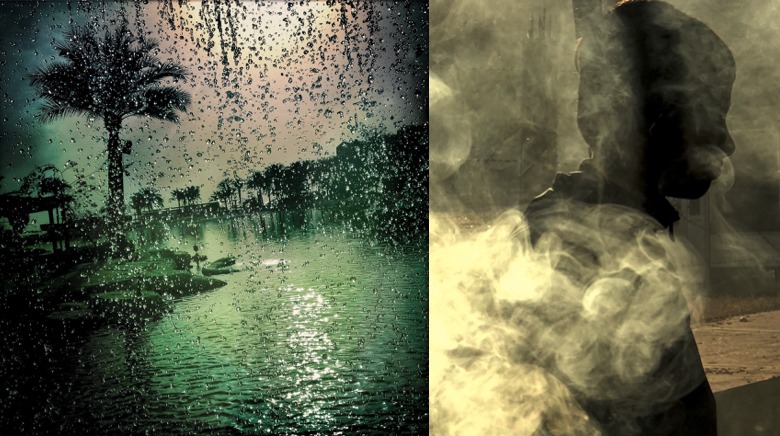 This perception of seeing the smoke is perhaps one of my favourite images, this is due to the interesting composition. I believe the effortlessly of the lighting, and a habit which is deemed as dangerous and unhealthy, is almost presented as beautiful within this image. The lighting is almost embellished within the fluidity of the weaving smoke. And something which was once deadly she had now turned into art. I also think the use of the shadow instead of showing the whole man himself, also creates a more successful piece. it brings out a more occurrent resemblance of mystery within the work. Too the image on the left is a scene of a hardship, and flooding, it is once again something never seen as beautiful or perhaps even a sight portrayed as picturesc. Below i’ve added some quote and reasonings as two why the artist has created these images, and what they mean to her.’ Enclosed between four walls, the sound of silence never seemed louder. It’s claustrophobic. I wait for the phone to ring, check for emails obsessively, eat everything out of the fridge. The hunger remains. I feel like if I dig my hand deep into my soul, I will find nothing. The awareness I am experiencing is unspeakable. Faces change when we meet. Is their solitude reflected in mine? There is an awkward silence.’
This perception of seeing the smoke is perhaps one of my favourite images, this is due to the interesting composition. I believe the effortlessly of the lighting, and a habit which is deemed as dangerous and unhealthy, is almost presented as beautiful within this image. The lighting is almost embellished within the fluidity of the weaving smoke. And something which was once deadly she had now turned into art. I also think the use of the shadow instead of showing the whole man himself, also creates a more successful piece. it brings out a more occurrent resemblance of mystery within the work. Too the image on the left is a scene of a hardship, and flooding, it is once again something never seen as beautiful or perhaps even a sight portrayed as picturesc. Below i’ve added some quote and reasonings as two why the artist has created these images, and what they mean to her.’ Enclosed between four walls, the sound of silence never seemed louder. It’s claustrophobic. I wait for the phone to ring, check for emails obsessively, eat everything out of the fridge. The hunger remains. I feel like if I dig my hand deep into my soul, I will find nothing. The awareness I am experiencing is unspeakable. Faces change when we meet. Is their solitude reflected in mine? There is an awkward silence.’
The work above is from her work ‘Beyond Here Is Nothing’ is a photo-book object meditating on home. A place of belonging, a tranquil state of mind; a nostalgic memory or an imaginary destination – home is a perpetual possibility El-Tantawy is journeying to reach. Her personal experience growing up in contrasting cultures is the window to an intimate and emotive visual exploration of the unsettling feeling of rootlessness, the mental burden of loneliness and the constant search for belonging in unfamiliar places. Drifting between the physical and the whimsical, the book reveals itself through layers of images and words. A mirror of dispositions. A living object harmonising with time. I chose her work as I see an angelic effect, I see her own narrative of relating her own feeling of love for somewhere else shown with her current environment. Her work looks as though it is a combination of overlapping images and edits, however, her work is a sight which was actually visible, This brings a certain respect of truth to her narrative, it is a reflection of real time. The way she uses colour in such a strong tonal way, yet still occur the sense of peacefulness is beyond what most photographers capabilities. The femininity and the soft touch to the images, create a very female orientated view.
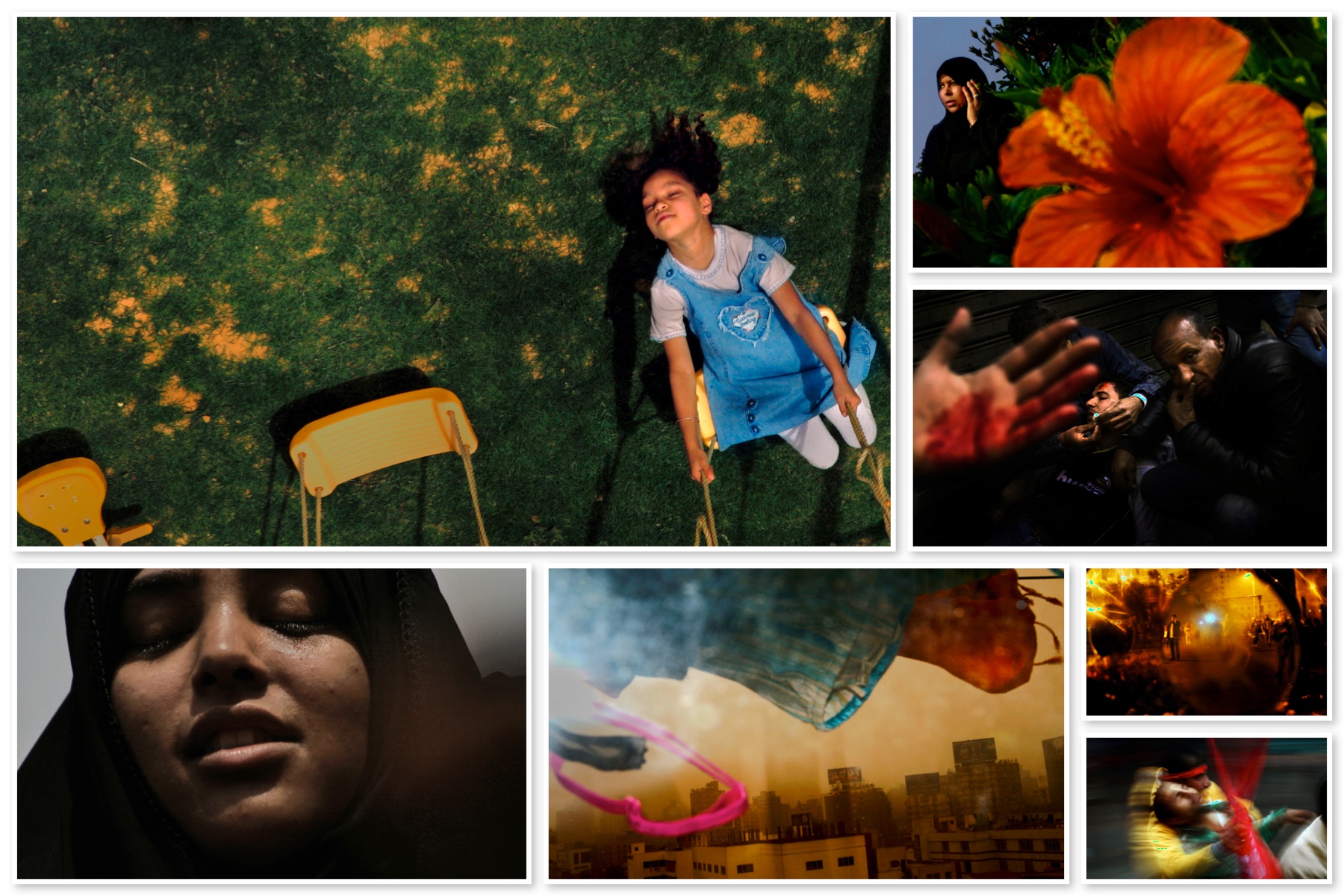
I believe through this composition and vision board of her images, you are really able to see the narrative development and artistic influence of abstraction. I like how she not only pictures nature and belongings but she presents people in such a disposition, that they too become part of her own narrative. I have spoken about for this shoot and using this artist as artistic inspiration, I will also use myself through the shoot. I believe it is fascinating how she can even display traumatic events, such as the middle right image, with boundlessness of beauty and see a complete depiction of her own life narrative. You can belive that these were all taken with the intention from being experienced by herself. The lighting in these images, brings a warmth and an aspect which I believe is the most successful part. Images analysis: conceptually all of her images have a conjoined narrative of wanting to show a beauty of her country in someone else’s country. I also believe through the more I see her work, and through the way it is composed, is how they are about beauty and tranquility. Her images still have so much colour and vibrancy within them. And this is an area which I too want to show and use throughout my work. Although her images do not necessarily carry the same theme, they all work so well together as a narrative group, and I believe this is evident as seen above. My inspiration and how I will develop these concepts from her work, Due to her narrative being focused on her missing home, so creating abstract images full of beauty in order to resemble her love and beauty for her home, Perhaps my narrative journey should be aspiring to see the beauty within myself and my environment. It should be the ability to see the happiness and capability within my life and my own actions. This is an article about shooting in black and white, however I still believe it shows pivotal demonstrations of capturing a beauty within street photography, and the construction of a narrative with people and the space around them.
https://fstoppers.com/education/why-its-still-important-shoot-black-and-white-48141

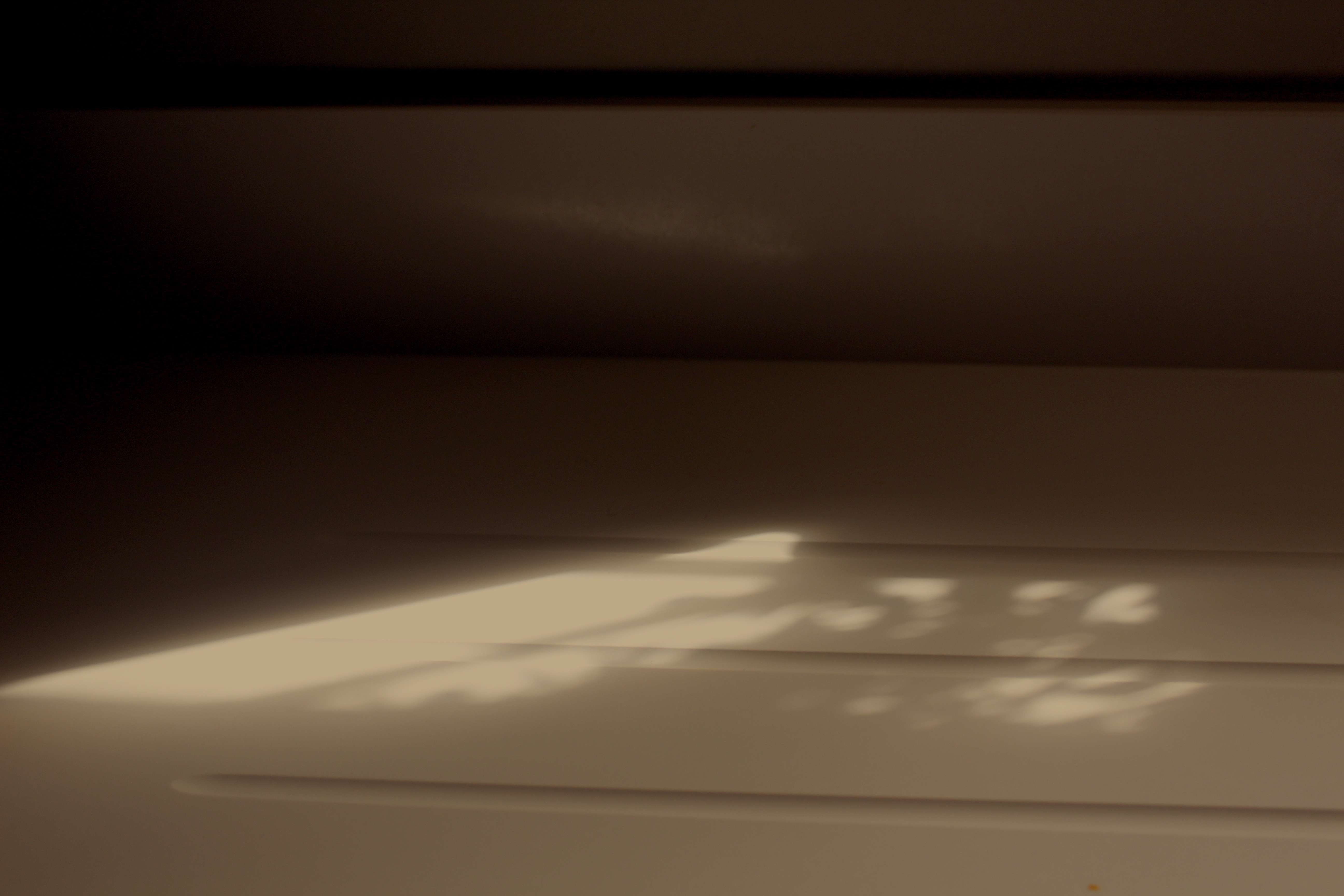
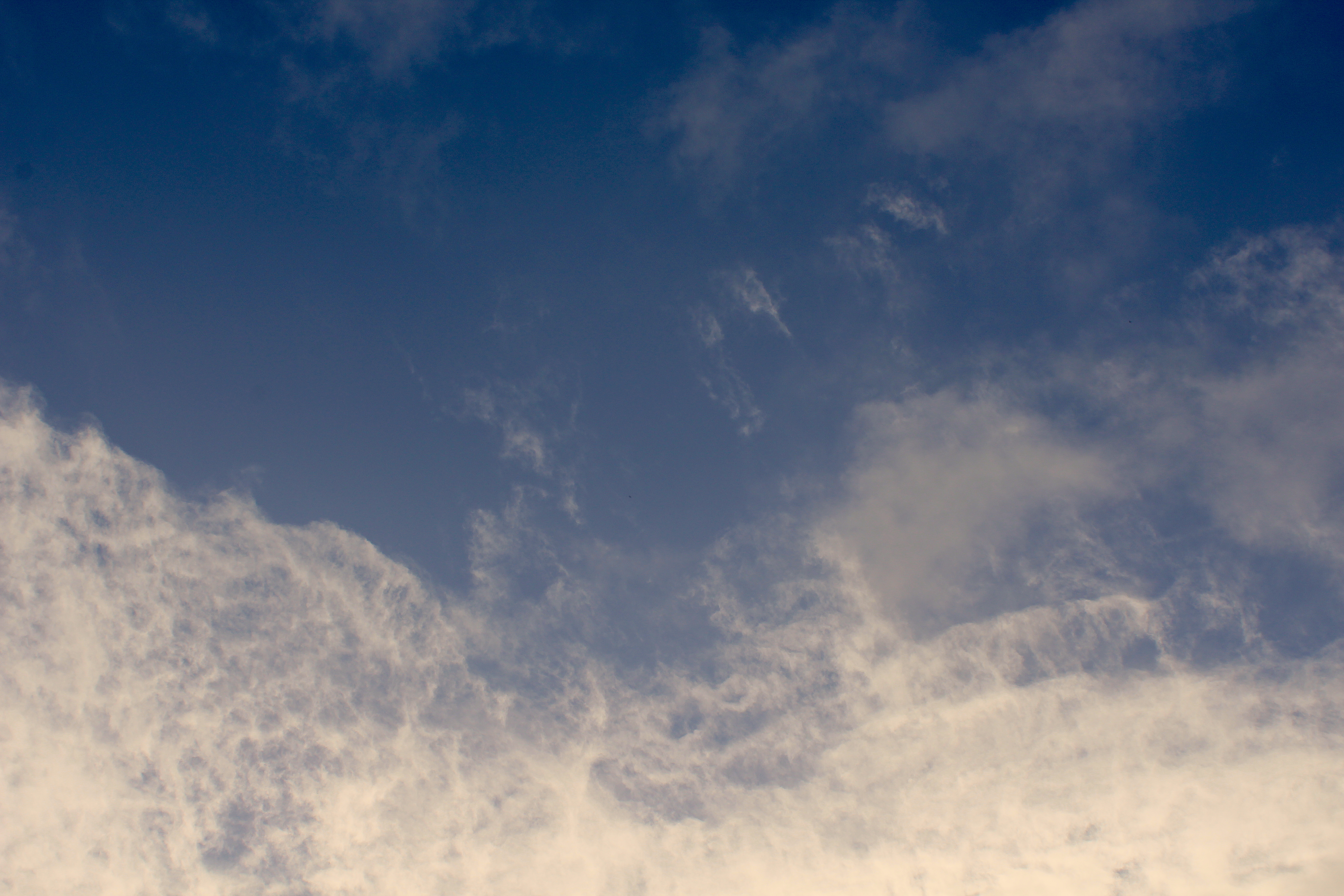
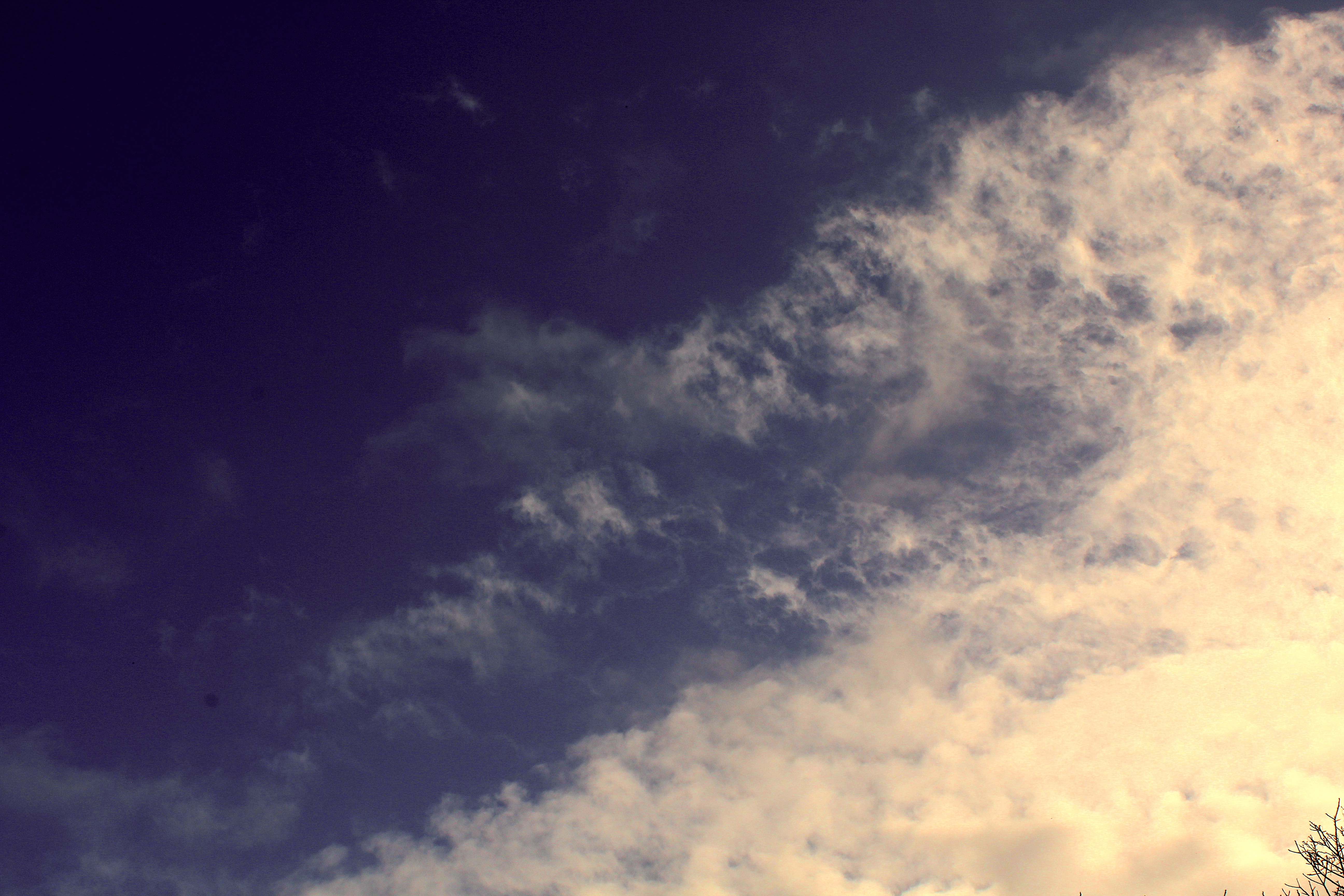
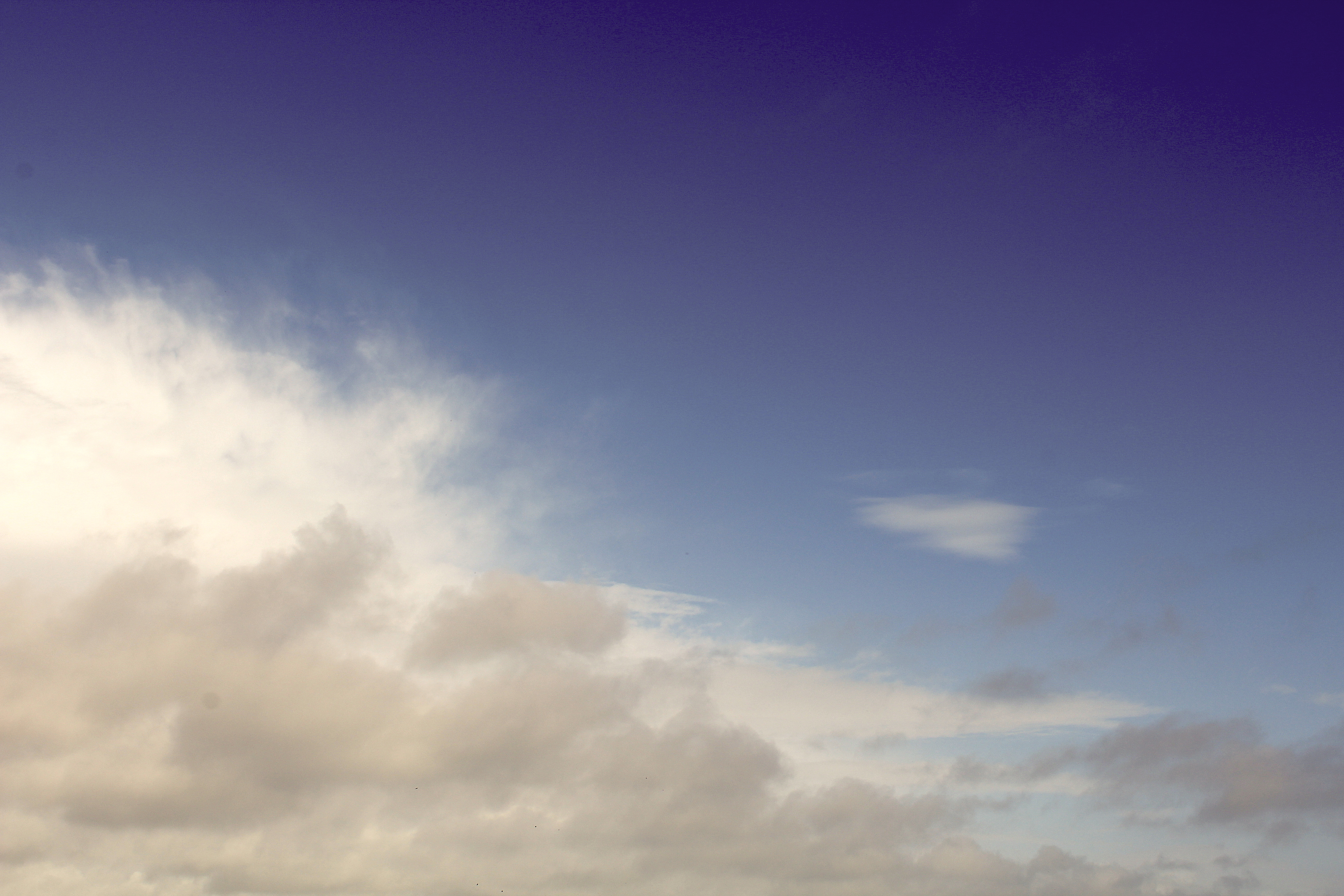
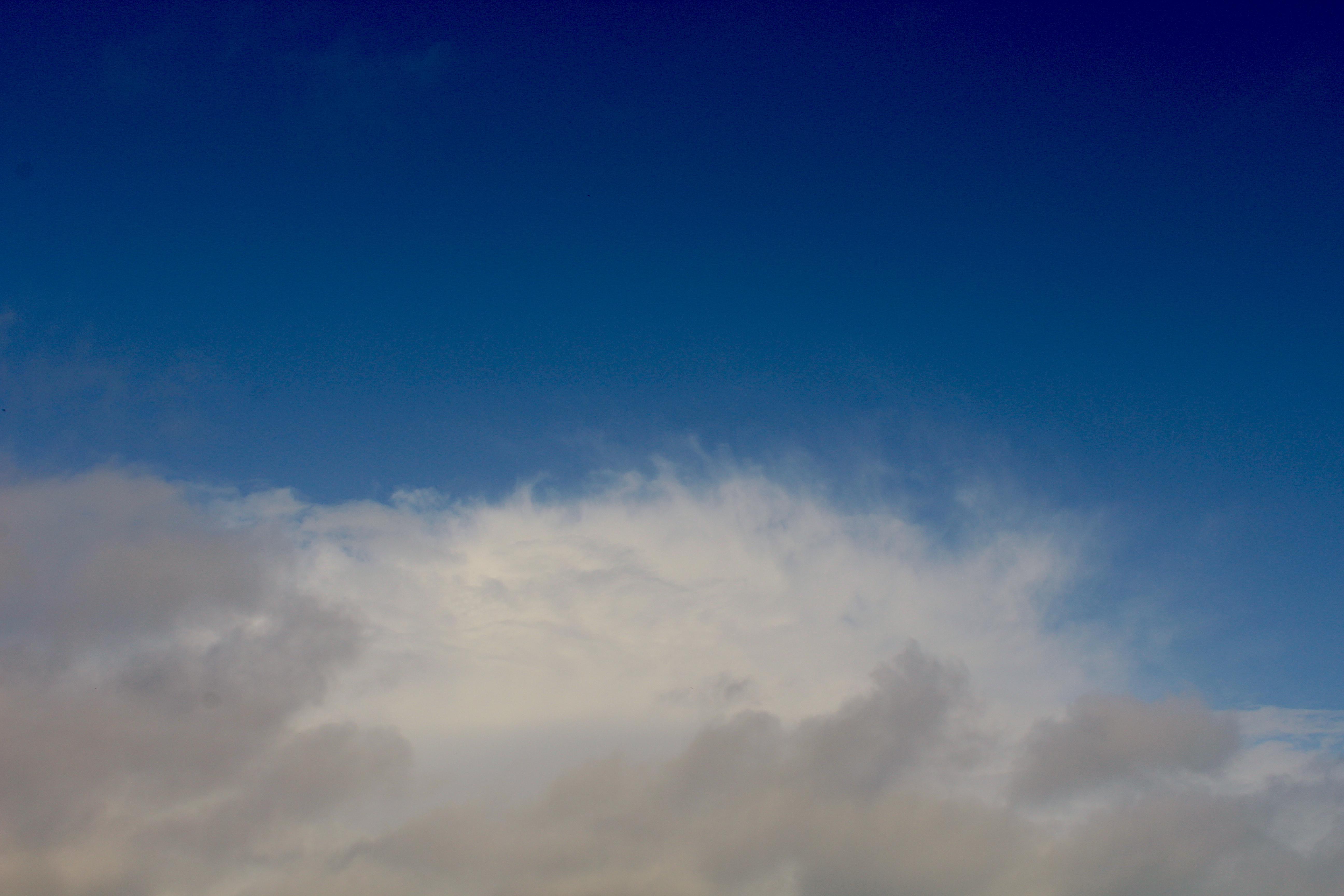


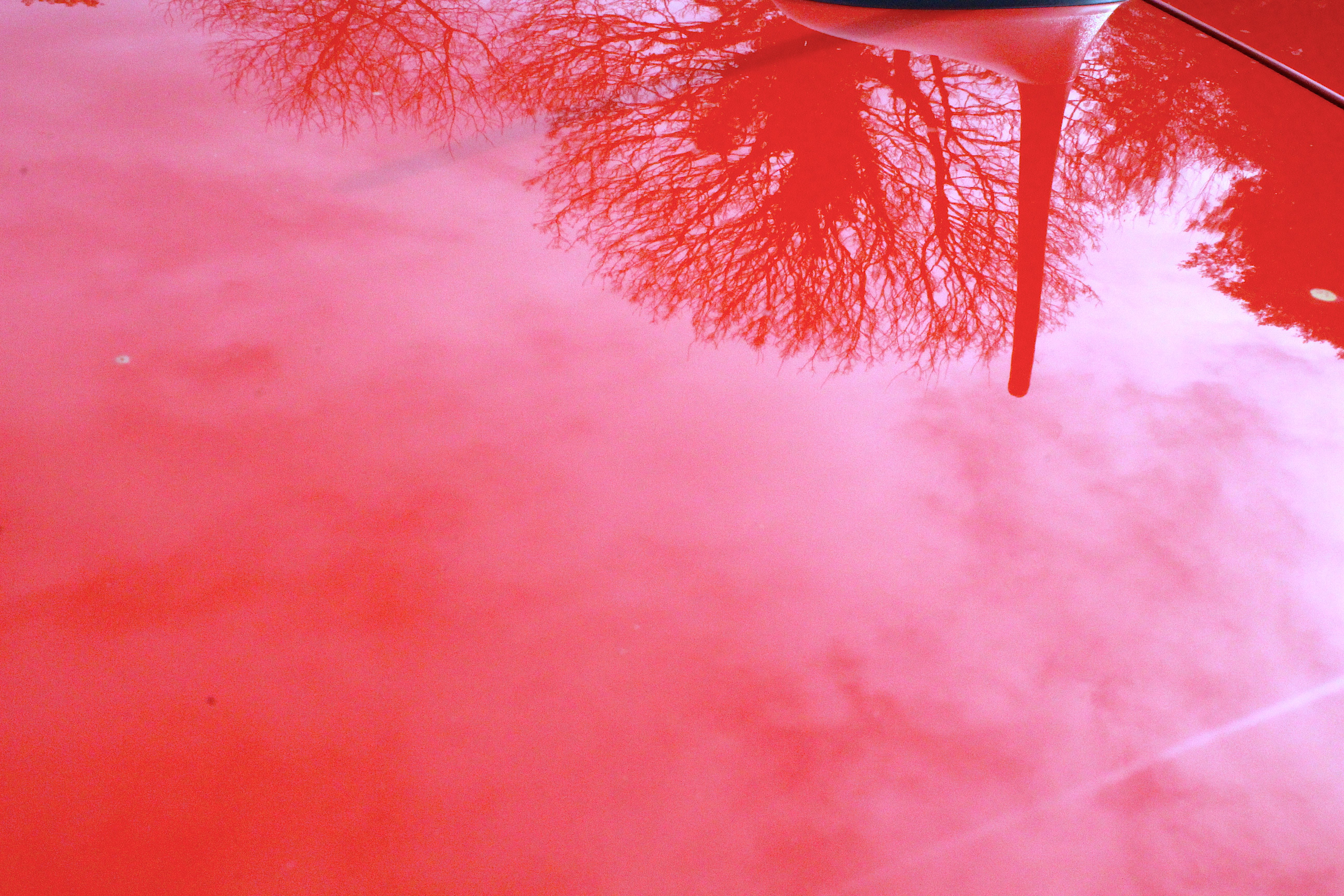
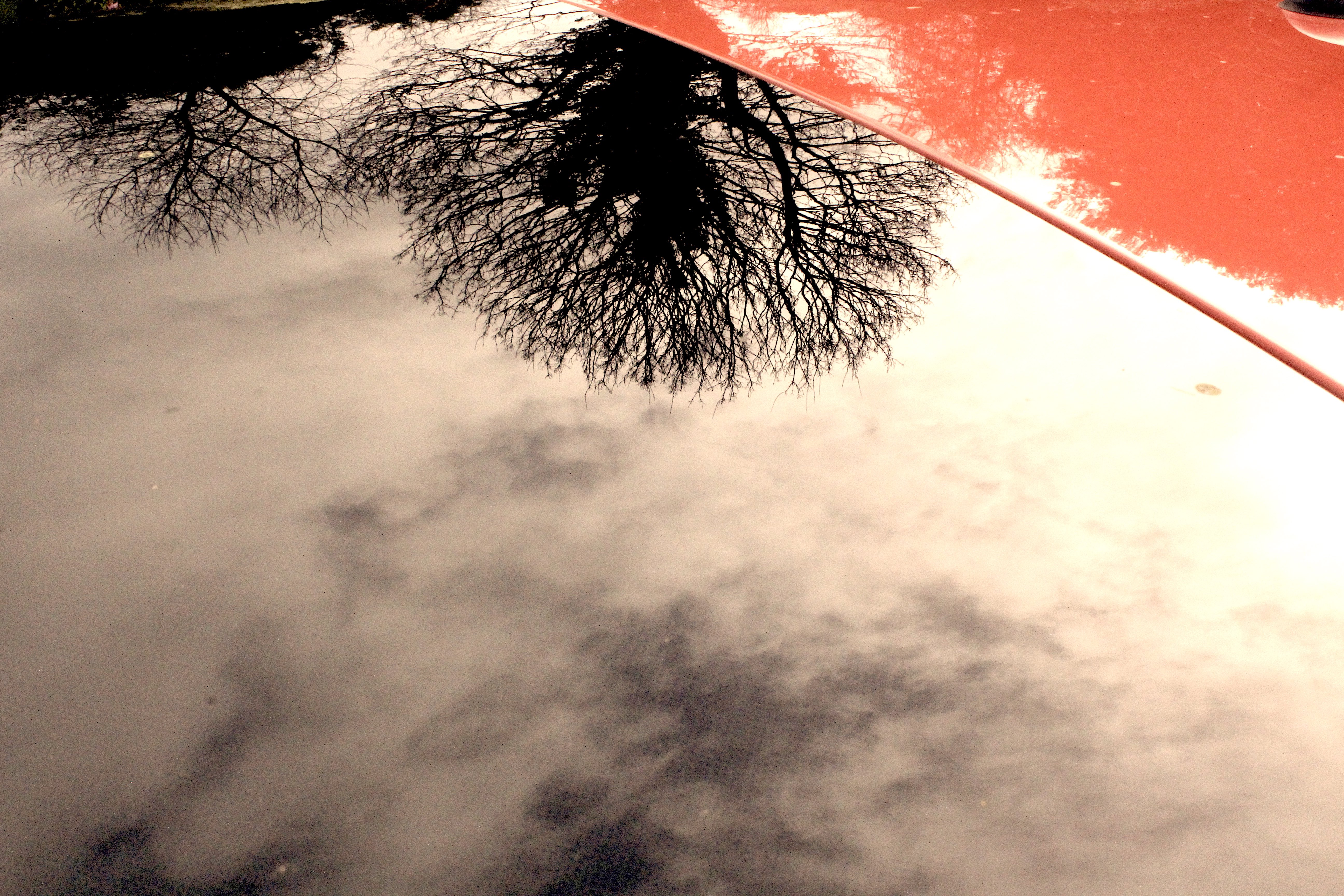

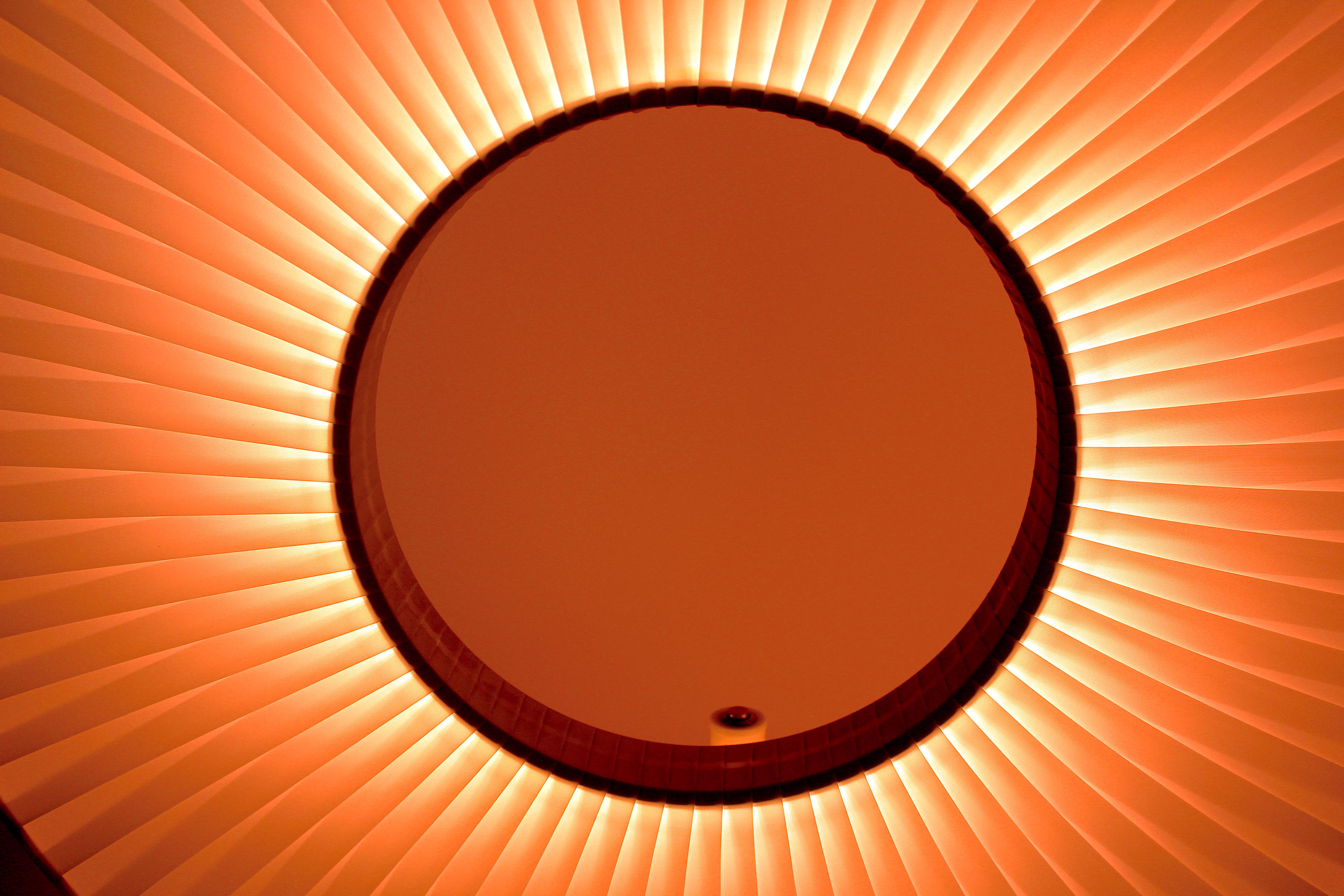
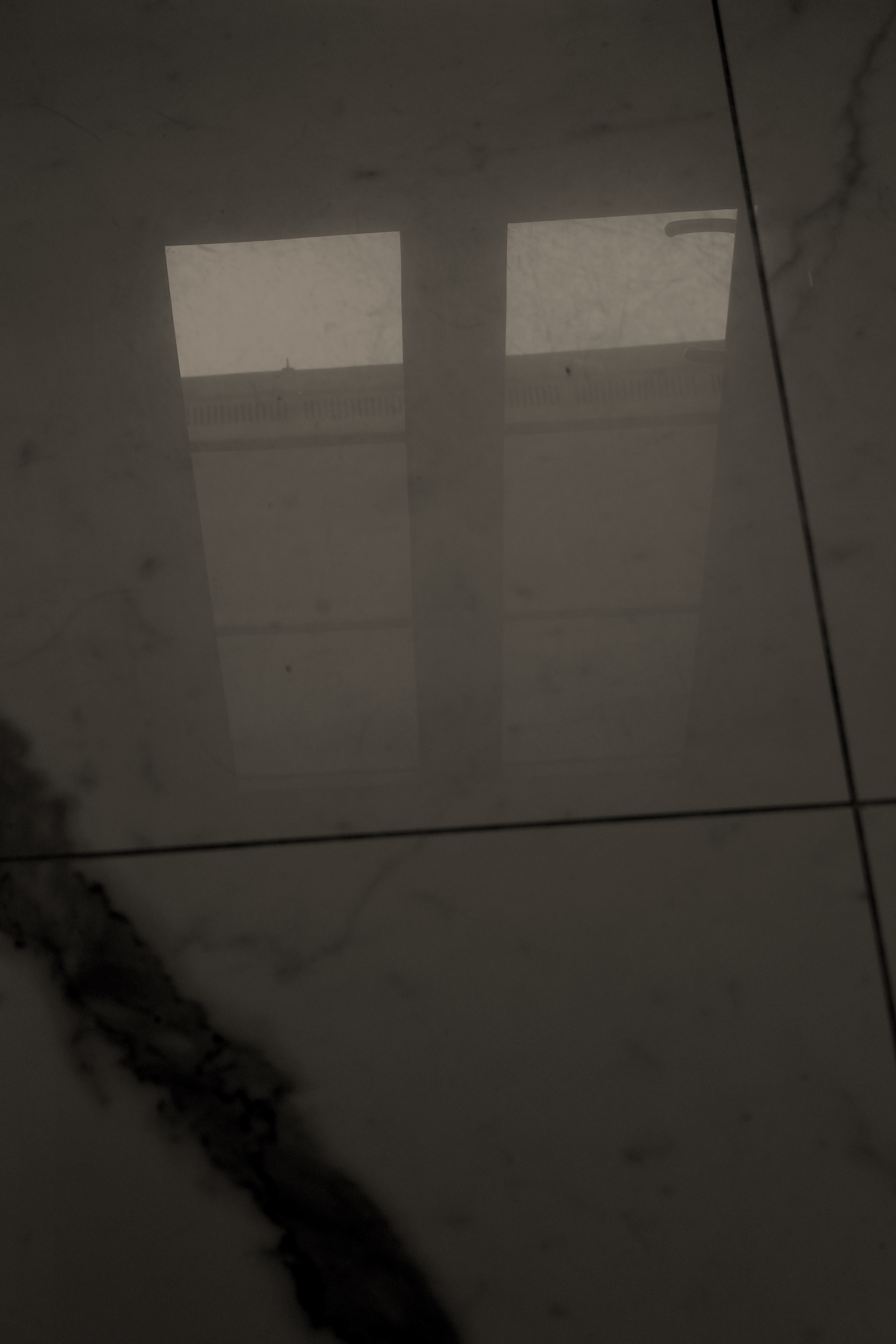
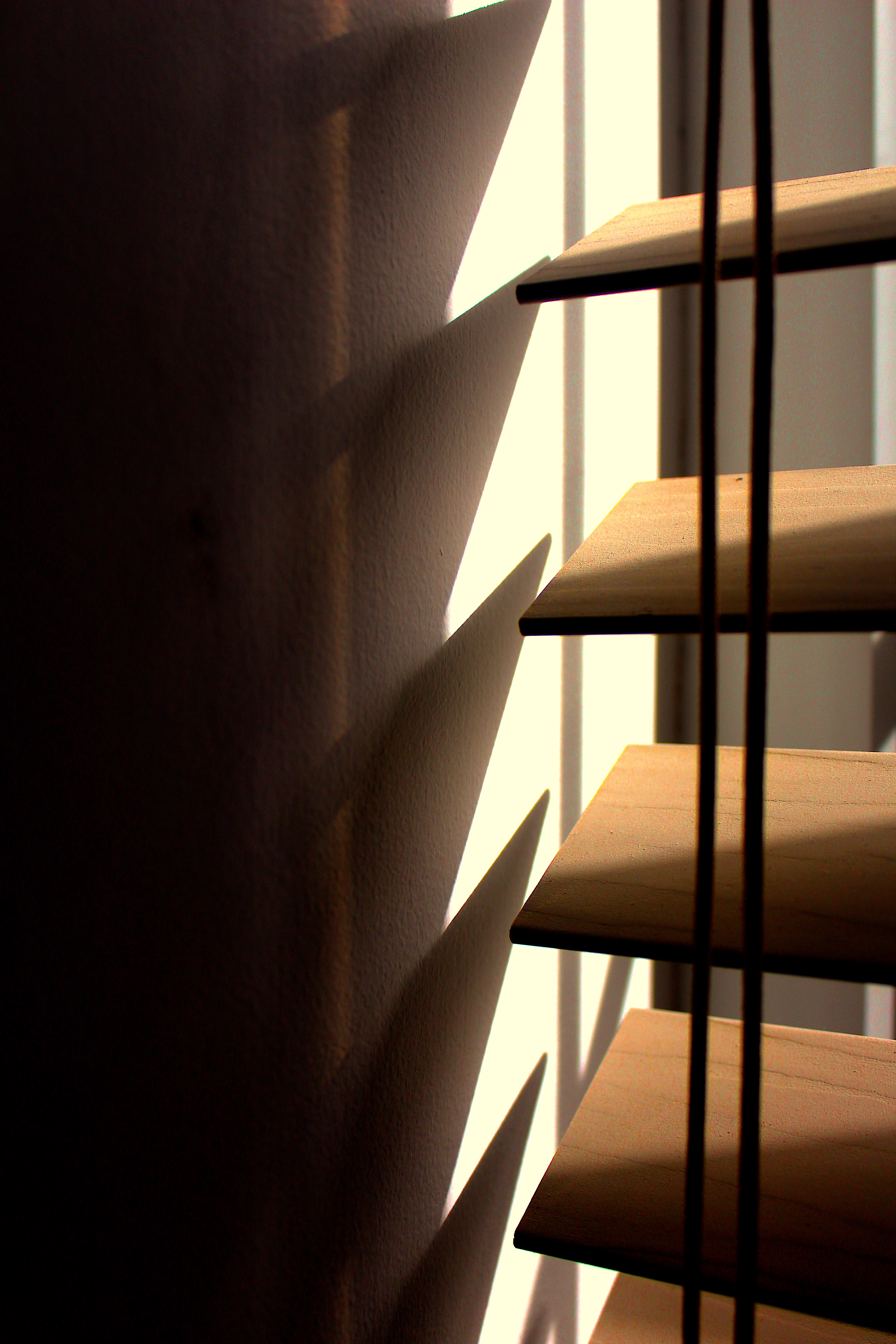
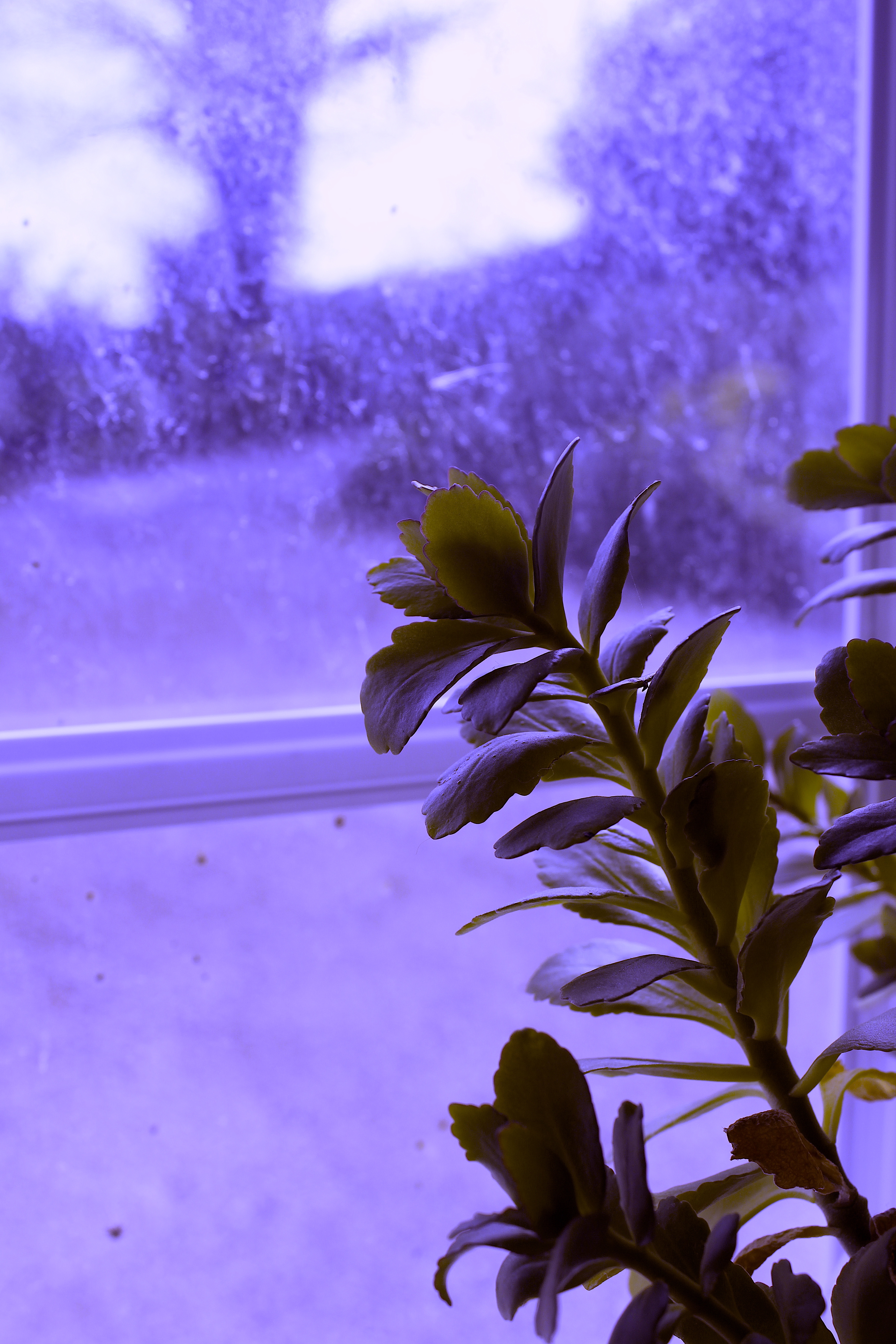
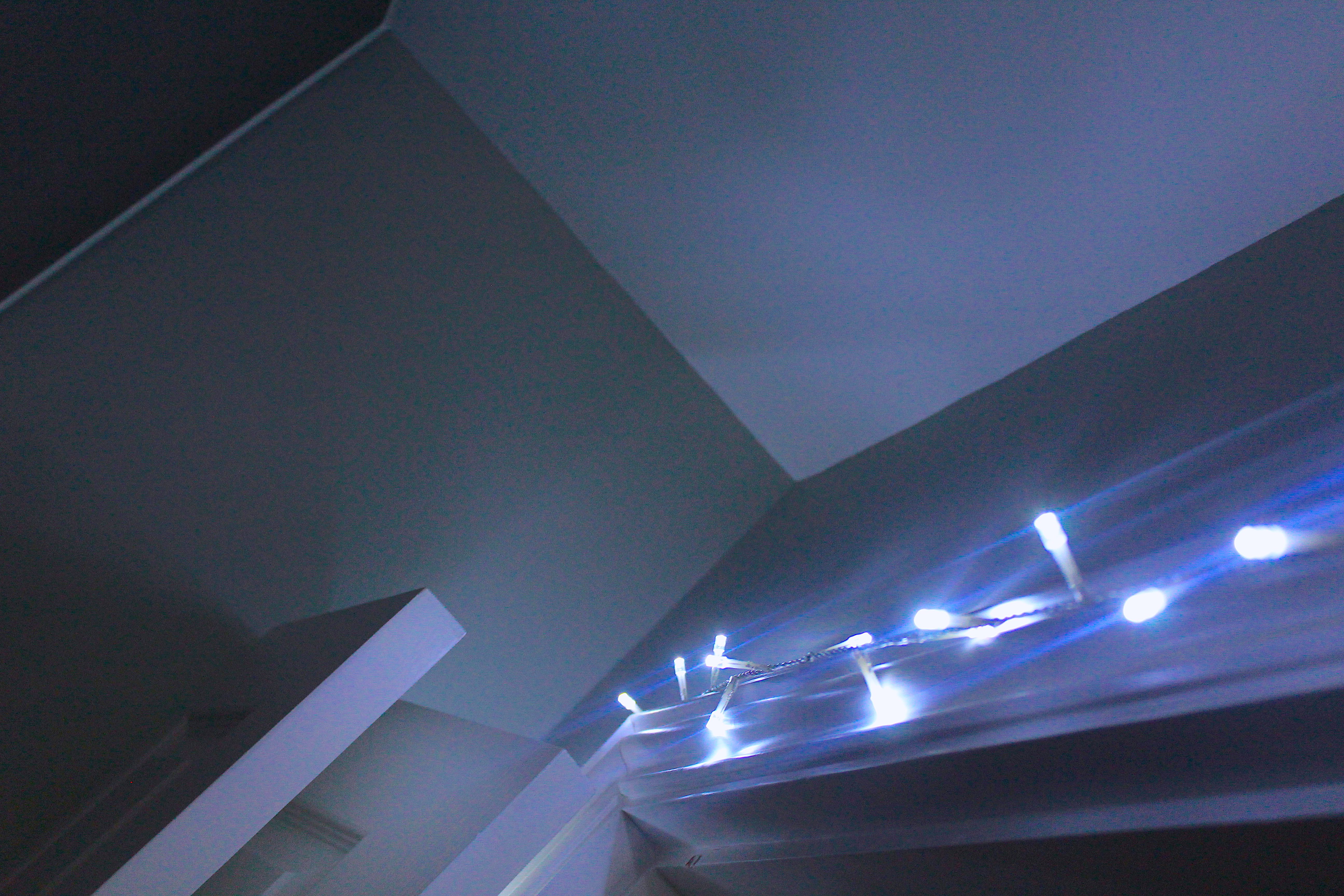

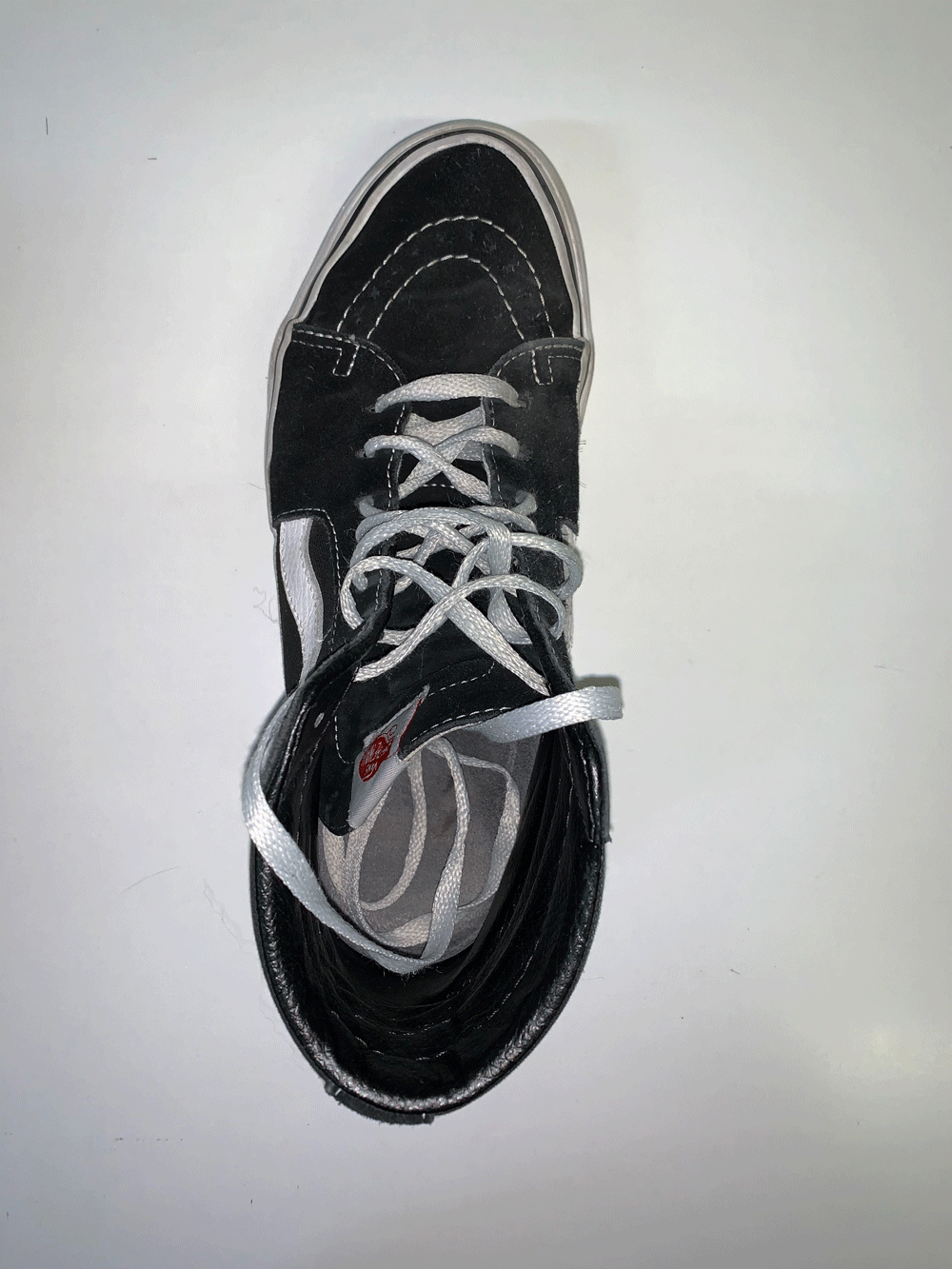
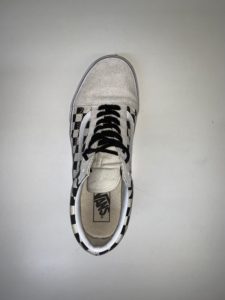
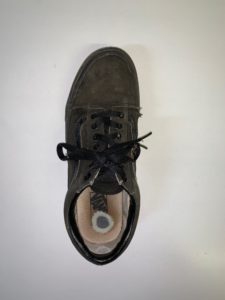
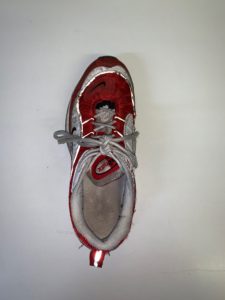
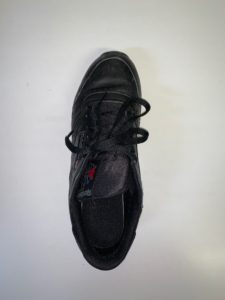
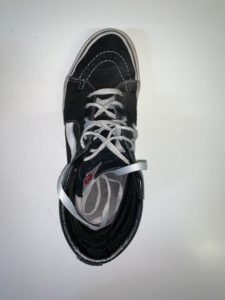


 Their work on typology began as they first collaborated on photographing the disappearing German industrial architecture in 1959 – they were fascinated by the similar shapes in which certain buildings were designed, which is evident in their work. After collecting thousands of pictures of individual structures they noticed that the different structures shared many qualities and were intrigued by the fact that so many industrial buildings were build with a focus on the design. The Bechers would work with a large 8 x 10-inch view camera and would always use a straightforward point of view. They would only shoot on overcast days in order to avoid shadows as well as only in the early morning during spring and fall. A variety of subjects were photographed throughout their work including water towers, cooling towers, coal bunkers and gas tanks. Often the Bechers would exclude any details that would detract from the central theme. By photographing these structures the Bechers’ drew attention to the need of preservation of the buildings and some of them were designated as protected landmarks as a result of their work.
Their work on typology began as they first collaborated on photographing the disappearing German industrial architecture in 1959 – they were fascinated by the similar shapes in which certain buildings were designed, which is evident in their work. After collecting thousands of pictures of individual structures they noticed that the different structures shared many qualities and were intrigued by the fact that so many industrial buildings were build with a focus on the design. The Bechers would work with a large 8 x 10-inch view camera and would always use a straightforward point of view. They would only shoot on overcast days in order to avoid shadows as well as only in the early morning during spring and fall. A variety of subjects were photographed throughout their work including water towers, cooling towers, coal bunkers and gas tanks. Often the Bechers would exclude any details that would detract from the central theme. By photographing these structures the Bechers’ drew attention to the need of preservation of the buildings and some of them were designated as protected landmarks as a result of their work.
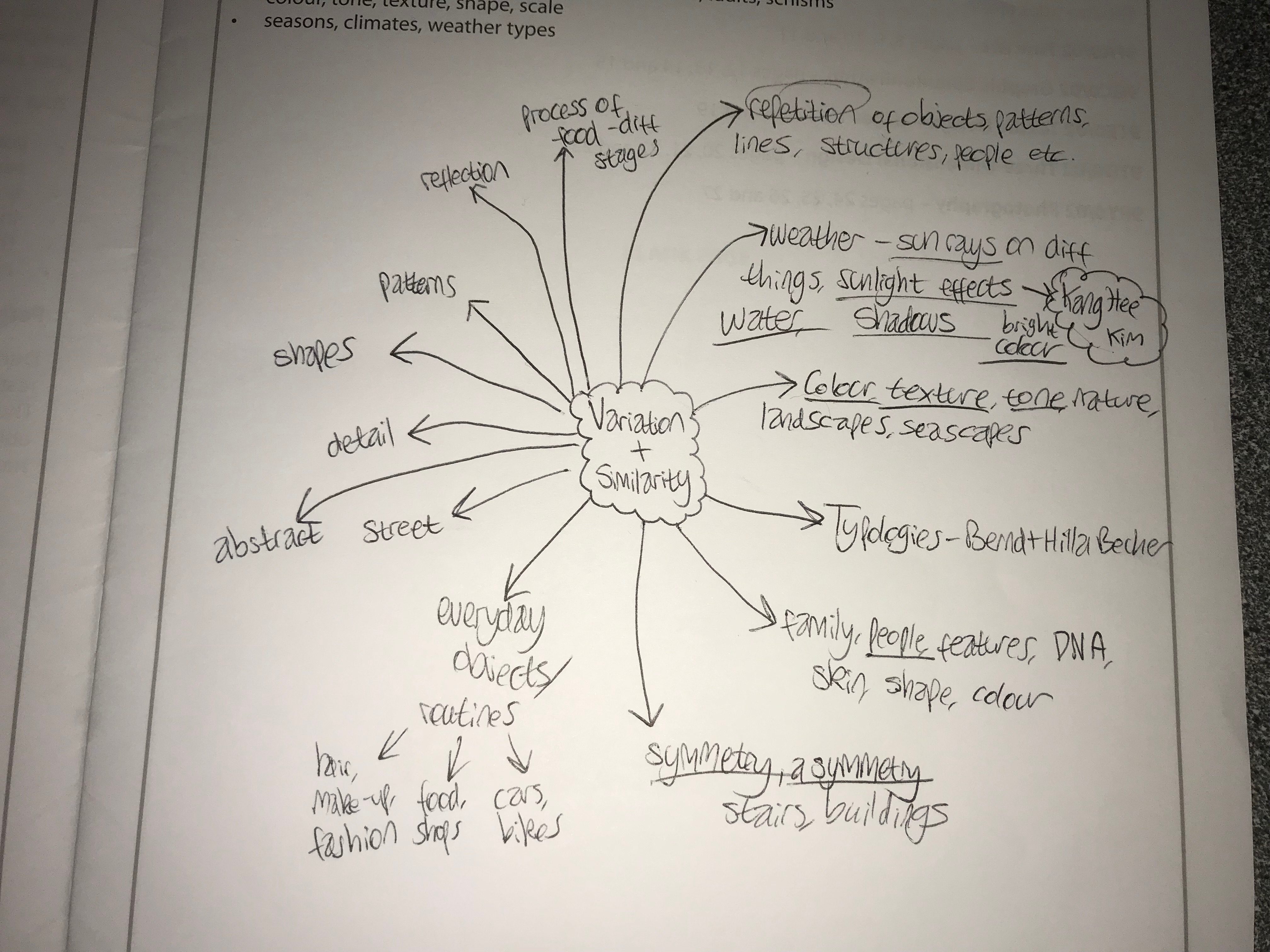
 After looking over some examples of his work I decided that I would analyse one of his images, by doing this it would allow for a greater insight into how these photos are created and what makes them so effective. When looking over the photos it would give me the ability to incorporate the style into my own works, making them more effective as a result. The image I chose for this is called San Luis Potosi 16, a photo of a rotting billboard with deteriorating paper:
After looking over some examples of his work I decided that I would analyse one of his images, by doing this it would allow for a greater insight into how these photos are created and what makes them so effective. When looking over the photos it would give me the ability to incorporate the style into my own works, making them more effective as a result. The image I chose for this is called San Luis Potosi 16, a photo of a rotting billboard with deteriorating paper:


